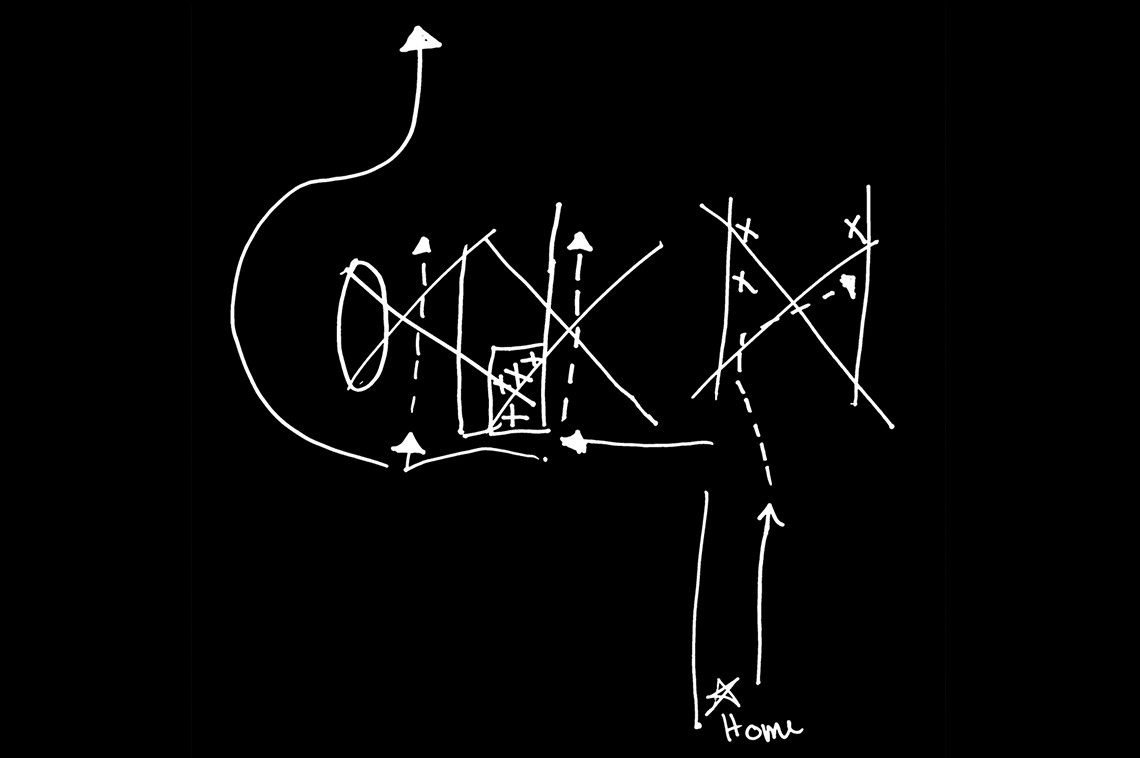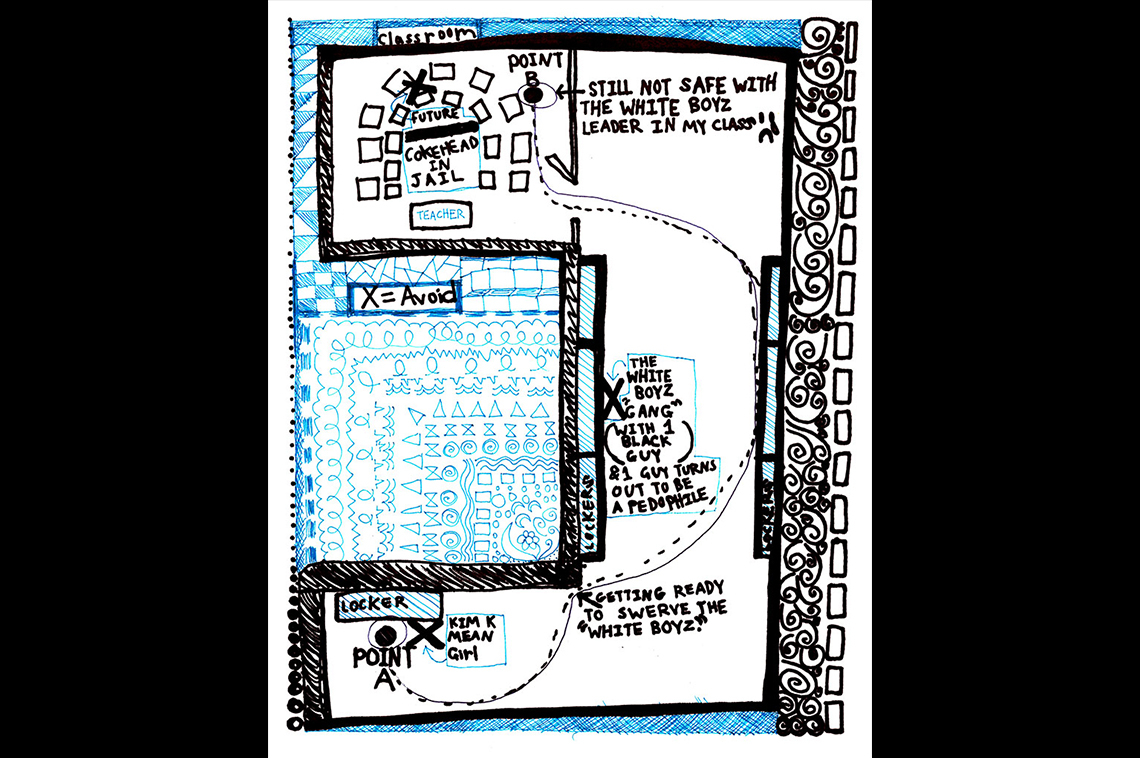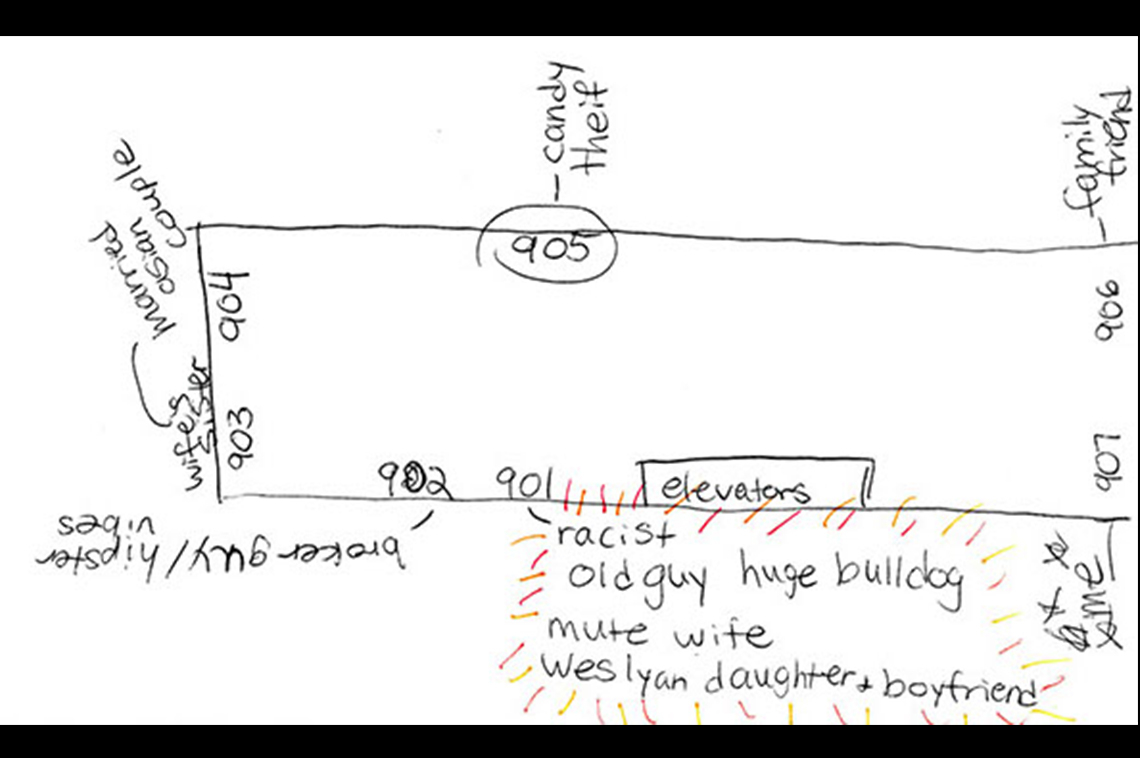


Edited highlights from Urban Omnibus re-published with permission.
Based in NY’s Lower East Side, where dramatic change is both a permanent and accelerating condition, the members of the Perfect City working group are developing a new kind of dialogue about belonging and displacement.
Aaron Landsman, the founder said ‘The Perfect City working group, comprised of seven to ten members at any given time, many from the neighborhood, most under the age of 21 - are not the kind of experts whose testimony is usually called on in these situations, but they are experimenting with the possibilities for a project that starts as art to make real change. We get together once or twice a week. Our meetings are discursive, rowdy, and complex. We share writing and ideas, we talk about what’s happening in the neighborhood, we learn from guest activists, artists, and planners. We are paid for our work. We think it’s a valid use of time and resources to pay young adults who grew up in the city to generate art projects and activism. In a way, Perfect City has become an ensemble of artists, activists and other interested citizens, each of whom brings a skill-set and point of view that informs what we make. So far this has included performances around a table for invited audiences, the beginnings of a poster campaign with store owners, a photo series, and more.’
‘Maybe our more radical proposition is that Perfect City is a 20-year project — meaning the issues we are addressing are not solvable in a year or two (the timeline for a lot of art projects), and we want to make real change. On one hand, our conversations are wide-ranging, from aesthetics to zoning; on the other, we have a set of long-term goals that are very concrete. We’ve been trying to find ways to engage people who are both like us and different from us, with a goal of having more of a voice in the evolution of our city.’
What is Avoidance Mapping? What is it for?
Mapping what we avoid also shows us where we feel we belong, what we call home. It shows us the things we avoid, the things we can’t avoid, and the distance from or possibility of living in a “perfect city.”
Aaron asked the group how they were experts in their neighborhood, and Jamel said, “I’m an expert at avoiding people I don’t want to see.” Mallory Catlett, the dramaturg and director working on the project said, “Can you draw a map of what that looks like?” And Jamel did. As a performance moment, it’s dryly funny and something many, if not all, city-dwellers and walkers can relate to: we all try to steer clear of certain places and people, whether we’re aware of it or not. As an exercise designed to lead to conversations about gentrification and displacement, safety and perception, it’s a lens through which to look at bias, belonging, and other subjects.
‘At a recent workshop we asked people what, whom, or where they avoided, whether it was real or imaginary, and what the consequences might be of successfully avoiding that person, place, or thing — or not. How did time factor into their maps? How did their gender, race, class, and geographic backgrounds inform their informal cartography? There was a sense from most participants that this deceptively simple charting of a day or a block or a building led them to understand who they were in the city — what they felt they belonged to here — in a new way.
Jamel Ayala was born in the Lower East Side in 1995, and lives in the Lower East Side. ‘Whenever I see cops, I usually make sure my hands aren’t in my pockets (especially coat pockets). If I have to backtrack because I left something at home or realize I went the wrong direction, I’m very conscious of who is behind me and how they would react to me suddenly turning around towards them. If I have to cross over to the other side of the street, I’m very aware of how whoever is on that side might feel to see me coming towards them. The block of Twelfth Street between Avenue A and First Avenue is really dark at night. Sometimes I opt to go that way when I’m headed home because the people I want to avoid are sometimes on Eleventh and A. I’ve had some very awkward encounters on that block at night. People coming to a full stop when they see me and crossing over. Or just standing still until I pass them because they’re closer to the corner and would be more vulnerable if they came further in the block as we pass each other. People looking back at me several times and then crossing over.’
Aaron’s thoughts on the workshop were that ‘The evening felt subtly profound to me. Young people with no training were leading architects and planners in a nuanced conversation about belonging in the city, who gets to claim space, who can’t, and why.’





